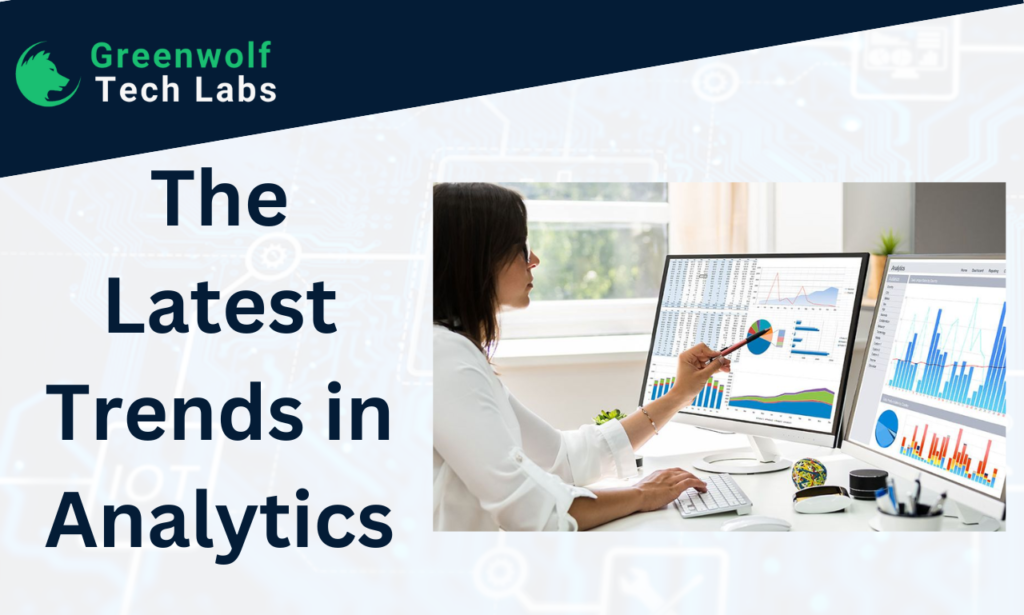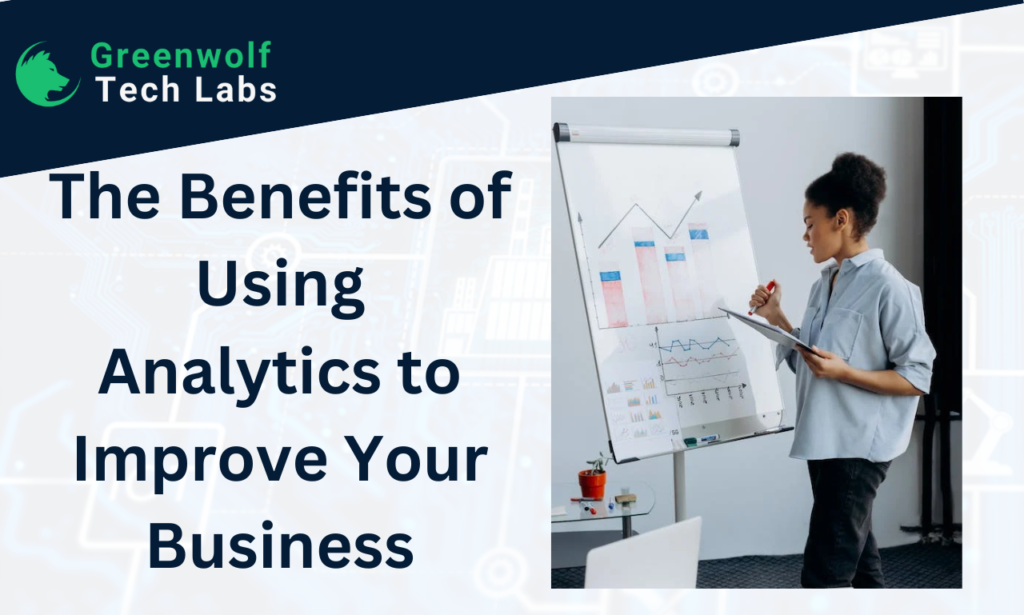In today’s data-driven world, analytics has become a fundamental component of business strategy. By harnessing the power of data, organizations can gain valuable insights, make informed decisions, and drive growth. In this blog post, we’ll explore the latest trends in analytics that are shaping the landscape and revolutionizing the way businesses leverage data to stay ahead of the competition.
Latest Trends in Analytics
1. Artificial Intelligence and Machine Learning
Artificial intelligence (AI) and machine learning (ML) are transforming the field of analytics. These technologies enable businesses to analyze vast amounts of data quickly and extract meaningful patterns and predictions. AI-powered analytics tools can automate data processing, uncover hidden insights, and facilitate predictive modeling, enhancing decision-making and driving innovation.
2. Real-Time Analytics
Real-time analytics allows businesses to analyze data as it is generated, providing up-to-the-minute insights. With advancements in technology, organizations can now collect and process data in real-time, enabling immediate responses and actions. Real-time analytics is particularly valuable in sectors such as e-commerce, finance, and customer support, where quick and accurate decision-making is crucial.
3. Data Visualization and Storytelling
Data visualization is an increasingly popular trend in analytics. It involves presenting data in visual formats such as charts, graphs, and interactive dashboards, making complex information more accessible and understandable. Data storytelling takes visualization a step further by crafting narratives around the data, helping stakeholders grasp key insights and trends more effectively.
4. Predictive and Prescriptive Analytics
Predictive analytics uses historical data and statistical algorithms to forecast future outcomes. By leveraging predictive models, businesses can anticipate customer behavior, identify trends, and make proactive decisions. Prescriptive analytics takes it a step further by recommending the best course of action based on predictive insights, optimizing decision-making processes and outcomes.
5. Privacy and Ethical Considerations
As data analytics continues to evolve, privacy and ethical considerations are gaining prominence. With increasing concerns about data breaches and consumer privacy, organizations need to ensure ethical data collection, storage, and usage practices. Compliance with regulations such as the General Data Protection Regulation (GDPR) and maintaining transparency in data analytics processes are crucial for building trust with customers.
Conclusion
The latest trends in analytics are reshaping the business landscape, empowering organizations to unlock the potential of their data. From AI and real-time analytics to data visualization and ethical considerations, businesses have a wide range of opportunities to gain insights, make data-driven decisions, and achieve a competitive edge. Embracing these trends and investing in analytics capabilities will position businesses for success in an increasingly data-centric world. Stay ahead of the curve, adapt to changing technologies, and leverage the power of analytics to drive growth and innovation.
FAQs:




